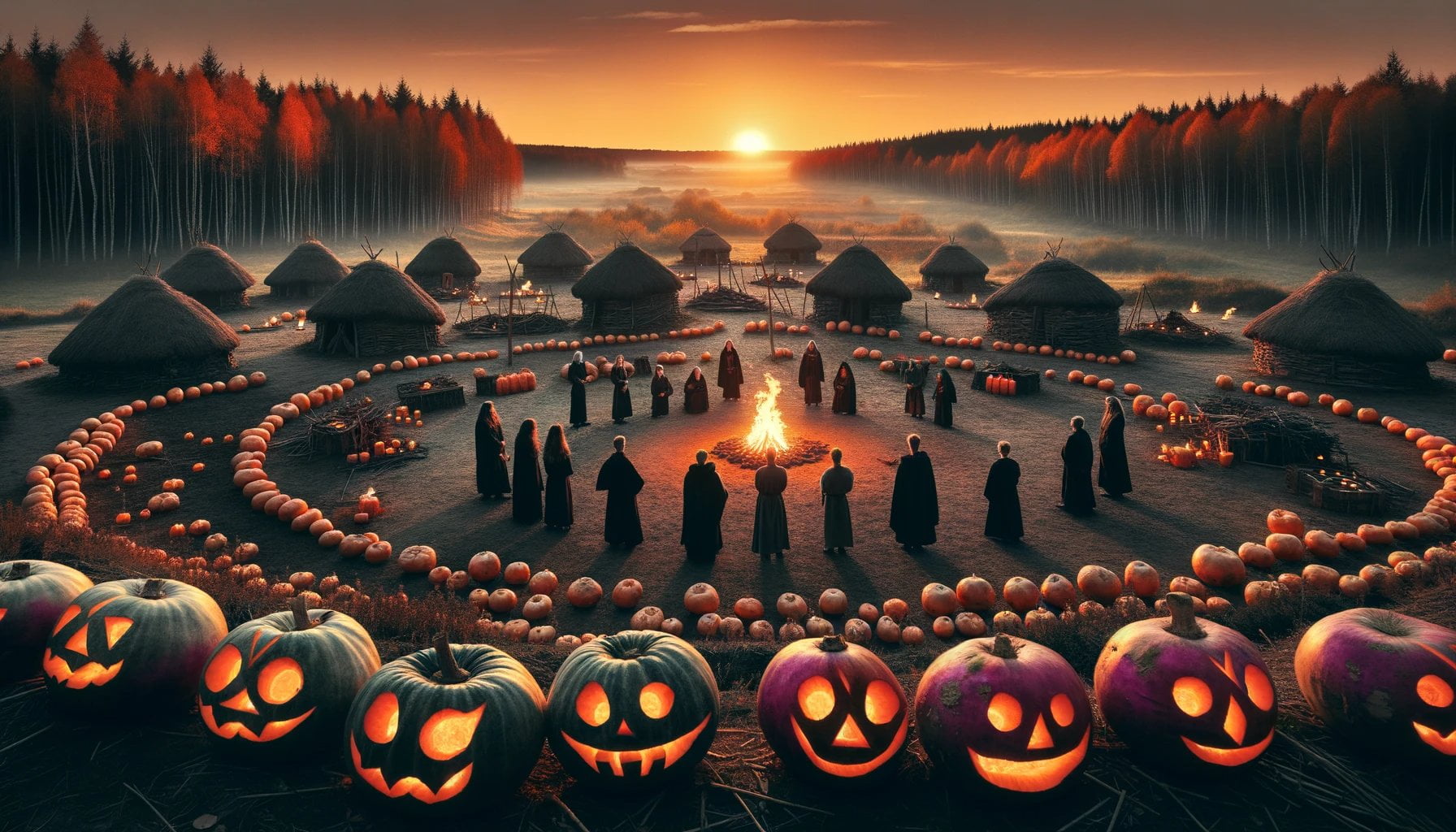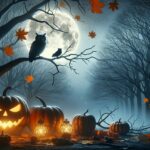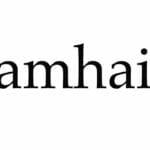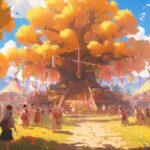Unveiling the Ancient Origins of Halloween: A Fascinating Journey into Cultural Traditions takes readers on a captivating exploration of the ancient roots of this widely celebrated holiday. Delving into the rich tapestry of cultural traditions and beliefs, this article unravels the intriguing history and evolution of Halloween. With a focus on ancient origins and historical narratives, it provides a deep understanding of the customs and rituals that have shaped this beloved holiday throughout the centuries.
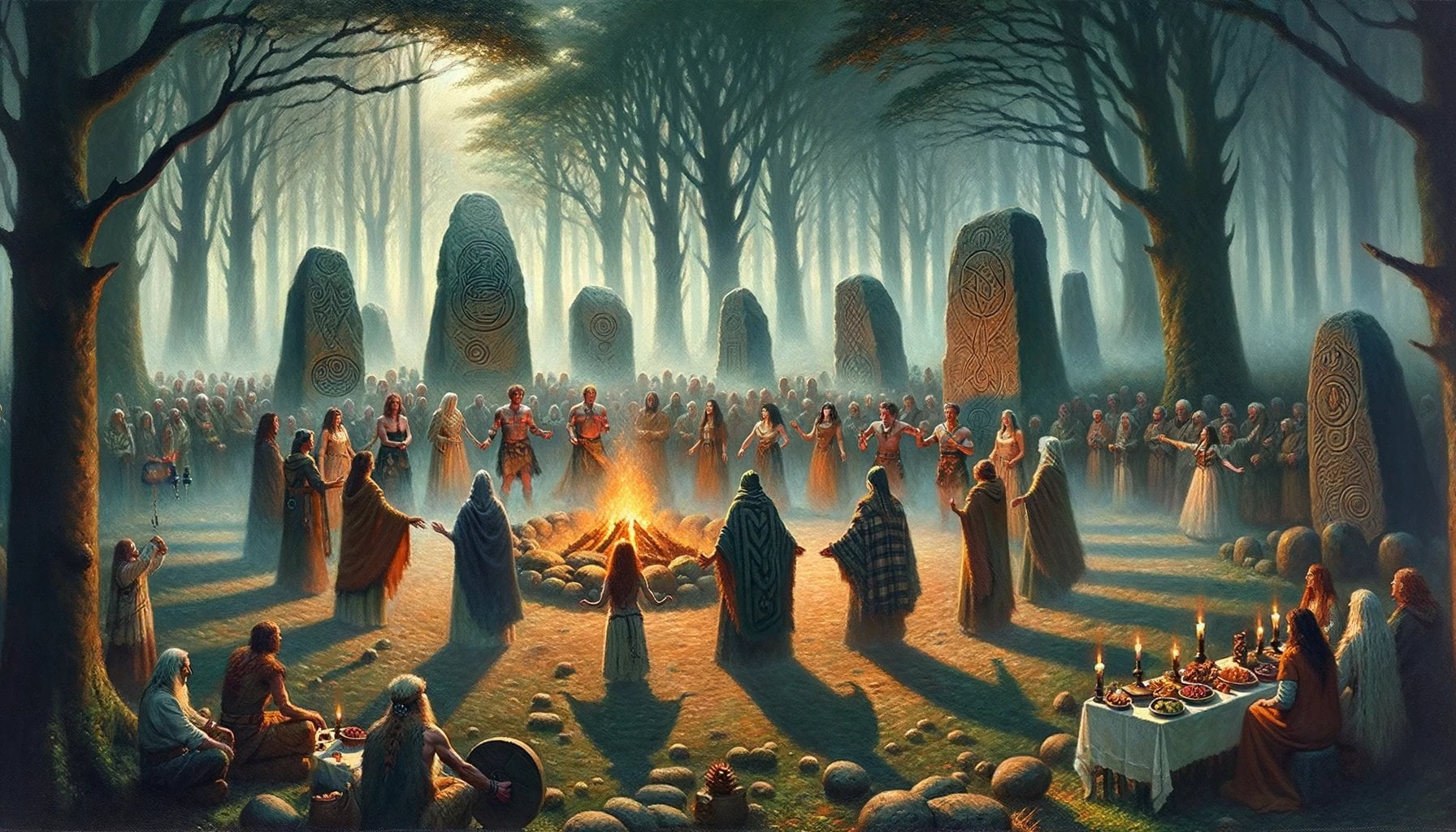
Key Takeaways:
- Halloween originated from the ancient Celtic festival of Samhain, pronounced sow-in.The Celts, who lived 2,000 years ago in Ireland, the United Kingdom, and northern France, celebrated their new year on November 1.
- Samhain marked the end of the harvest season and the beginning of the Celtic New Year.
- The Celts would light bonfires and wear costumes to ward off ghosts during Samhain.
- In the eighth century, Pope Gregory III designated November 1 as a time to honor all saints, which later incorporated elements of Samhain.
- Halloween has evolved into a secular and commercial celebration with costumes, candy, jack-o-lanterns, and trick-or-treating.
What is the Ancient Origin of Halloween?
Halloween, with its costumes, candy, and spooky decorations, is a holiday that has captured the imagination and fascination of people all around the world. But have you ever wondered about the ancient origins of this widely celebrated holiday? Join me on a fascinating journey as we uncover the ancient roots of Halloween and delve into the captivating traditions that have shaped this holiday over the centuries.
Tracing Back to the Celtic Festival of Samhain
To understand the ancient origins of Halloween, we must turn our attention to the Celtic festival of Samhain. The Celts, who lived 2,000 years ago in Ireland, the United Kingdom, and northern France, celebrated their new year on November 1. Samhain, pronounced sow-in, marked the end of the harvest season and the beginning of the Celtic New Year[^1^][^2^][^3^].
On the night of October 31, the Celts believed that the boundary between the living and the dead was blurred. They believed that on this night, the souls of the dead would return to Earth, causing havoc and mayhem. To ward off these troublesome spirits, the Celts would light bonfires and wear costumes made of animal skins and heads[^1^][^2^].
Incorporation of Christian Traditions
Fast forward to the eighth century when Pope Gregory III designated November 1 as a time to honor all saints. This celebration, known as All Saints’ Day or All Hallows’ Day, incorporated elements of the Celtic festival of Samhain. The night before, October 31, was known as All Hallows’ Eve and eventually became Halloween as we know it today[^1^].
Modern Traditions and Festivities
Over the centuries, Halloween evolved into a secular and commercial celebration that combines ancient beliefs and contemporary customs. Today, Halloween is characterized by a myriad of festivities, including dressing up in costumes, going trick-or-treating, carving pumpkins into jack-o’-lanterns, and indulging in sweet treats[^3^].
The custom of dressing up in costumes can be traced back to the Celts’ practice of wearing disguises to confuse the spirits roaming the Earth on Samhain night. Trick-or-treating has its roots in ancient Celtic traditions, where food and treats were left out to appease and honor the visiting souls[^1^]. The carving of pumpkins into jack-o’-lanterns stems from the English folktales of “Stingy Jack,” a man who tricked the devil but was denied entrance to both heaven and hell. He was condemned to wander the Earth with only a hollowed-out turnip lit by a candle to light his way[^3^].
Embracing the Ancient Origins
In conclusion, the ancient origin of Halloween can be traced back to the Celtic festival of Samhain, where the Celts celebrated the new year and protected themselves from vengeful spirits. Over time, the incorporation of Christian traditions and the evolution of customs have shaped Halloween into the holiday we celebrate today. By exploring the ancient roots of Halloween, we gain a deeper understanding and appreciation for the cultural traditions that have been passed down through the ages[^1^][^2^][^3^].
So next time you slip into a spooky costume or carve a pumpkin, remember that you are partaking in a tradition that has its origins in the ancient practices of our ancestors. Halloween, with its rich history and vibrant celebrations, truly bridges the gap between the past and the present, connecting us to our roots in a thrilling and enchanting way.
[^1^]: Halloween 2023: Origins, Meaning & Traditions | HISTORY
[^2^]: Halloween: Origins and Current Traditions
[^3^]: History of Halloween – Halloween Meaning and Origin – Country Living
Halloween is not just about costumes and candy, but it has its roots in ancient Celtic traditions. Have you ever wondered which ancient Celtic festival is considered the origin of Halloween? Find out the answer by clicking here.
Did you know that Halloween was not originally celebrated in America? If you’re curious about when Halloween first came to America, click here to uncover the fascinating history.
Owls have long been associated with Halloween, but have you ever wondered why? Dive into the intriguing reasons by clicking here.
Rituals and Beliefs Surrounding the Celtic Festival of Samhain
Key Takeaways:
– Samhain, an ancient Celtic festival, marked the end of the harvest season and the beginning of winter, celebrated 2,000 years ago in Ireland.
– It was believed that on Samhain, the boundary between the spirit world and our world was blurred, allowing the spirits of the dead to cross over.
– The Celts lit bonfires and wore costumes made of animal skins and heads to ward off the spirits.
– Halloween evolved from Samhain, with Pope Gregory III designating November 1st as All Saints’ Day and the night before, October 31st, becoming known as All Hallows’ Eve, which eventually transformed into Halloween.
– Modern Halloween traditions such as dressing up in costumes, trick-or-treating, carving pumpkins into jack-o’-lanterns, and indulging in sweet treats have their roots in Samhain.
Unveiling the Ancient Origins of Halloween: A Fascinating Journey into Cultural Traditions
[Rituals and beliefs surrounding the Celtic festival of Samhain]
The ancient Celtic festival of Samhain is shrouded in mystery and enthralling traditions. Dating back 2,000 years ago in Ireland, Samhain marked the end of the harvest season and the beginning of winter. During this time, the Celts believed that the line between the living and the dead became blurred, allowing the spirits of the departed to freely wander our world. This captivating festival gives us a glimpse into the ancient origins of Halloween and its intriguing rituals and beliefs.
Blurred Boundaries: Spirits of the Departed Roaming Earth
The Celtic people held a deep fascination with the spirit world and viewed Samhain as a moment when the veil between the living and the dead was at its thinnest. This belief gave rise to various rituals and traditions aimed at honoring and appeasing the spirits of the departed. It was a time of both fear and reverence, as the boundary that separated the two realms became blurred. The Celts believed that the presence of these spirits could bring both blessings and misfortune upon the living.
Wards against Spirits: Bonfires and Costumes
To guard themselves against the wandering spirits, the Celts employed two powerful deterrents: bonfires and costumes. Bonfires were lit as a beacon to guide the souls of departed loved ones back to their homes, while also serving as a symbol of hope and protection for the living. The Celts also donned costumes made of animal skins and heads, believing that this disguise would confuse and deter malevolent spirits who sought to bring harm.
From Samhain to Halloween: Evolution of a Festive Tradition
The evolution of Halloween from the ancient Celtic festival of Samhain is a fascinating journey. In the 8th century, Pope Gregory III designated November 1st as All Saints’ Day, a time to honor all saints. The night before, October 31st, became known as All Hallows’ Eve, which eventually morphed into the celebration we now know as Halloween. Many of the traditions from Samhain, such as wearing costumes and lighting bonfires, were incorporated into the emerging Halloween festivities.
Modern Traditions: Trick-or-Treating and Jack-o’-Lanterns
As Halloween spread across the world, new traditions emerged, blending with the ancient rituals of Samhain. One such tradition is trick-or-treating, where children dressed in costumes go door-to-door, collecting candy and treats. This tradition finds its roots in the Celtic practice of leaving offerings of food and treats outside to honor the visiting spirits. Another iconic symbol of Halloween, the jack-o’-lantern, also has its origin intertwined with ancient folklore. The tale of “Stingy Jack” gave birth to the tradition of carving faces into pumpkins illuminated by candles, warding off evil spirits.
The Confluence of Ancient and Contemporary: Halloween’s Enduring Relevance
Exploring the ancient origins of Halloween reveals a rich tapestry of cultural traditions passed down through the ages. From the Celtic festival of Samhain to the modern-day celebration, Halloween serves as a bridge connecting the past and the present. It allows us to appreciate the significance of rituals and beliefs that have endured for centuries, bringing communities together and reminding us of our shared human experiences.
Sources:
[1] BBC
[2] History.com
Influence of Christian Traditions on Halloween
Key Takeaways:
- Halloween has Christian origins that can be traced back to the establishment of All Saints’ Day on November 1 during the 7th century.
- All Saints’ Day was introduced by Pope Boniface IV and was originally planned for May but was changed to coincide with the Celtic Festival of Samhain.
- Christians have played a significant role in shaping the modern celebration of Halloween, which varies across cultures.
- Despite its pagan roots, Halloween has been influenced by Christian beliefs and practices over time.
- Halloween has become the second-largest commercial holiday in the United States, generating billions in sales annually.
Halloween, an annual celebration with pagan roots, has strong associations with the worship of evil spirits and inhumane acts of sacrifice. However, the holiday has evolved over time and is celebrated differently around the world, with significant influence from Christian traditions.
The Christian origins of Halloween can be traced back to the establishment of All Saints’ Day on November 1 during the 7th century. Pope Boniface IV introduced this day to honor all saints and martyrs, incorporating elements of the Celtic Festival of Samhain. Originally planned for May, the date was changed to coincide with the pagan festival, which marked the end of summer and the beginning of winter.
Despite its pagan origins, Christians have played a significant role in shaping the modern celebration of Halloween. They have faced challenges from pagan enthusiasts and made contributions to the development of Halloween in different countries. For example, in the Philippines, Halloween celebrations are often introduced through Christian practices.
Halloween has become the second-largest commercial holiday in the United States, generating billions in sales annually. While it originated from pagan traditions, it has been influenced by Christian beliefs and practices over time. Understanding the Christian impact on Halloween’s history is essential in recognizing its evolution into a Christian-friendly observance.
Sources:
– Christian.net – Halloween Background: Christian Origins And History
– Christianity.com – What Is the History of Halloween?
Modern Halloween Celebrations and Their Connection to Ancient Origins
Halloween, a widely celebrated holiday around the world, has a fascinating history that dates back thousands of years. The modern Halloween celebrations we know today are deeply rooted in ancient traditions and rituals that have been passed down through generations. In this article, we will delve into the ancient origins of Halloween and explore the connections between these ancient customs and the modern festivities we enjoy today.
Unveiling the Ancient Origins of Halloween
The ancient Celtic festival of Samhain serves as the foundation for Halloween as we know it. Samhain marked the end of the harvest season and the beginning of the Celtic New Year. It was believed that on the night of October 31, the boundary between the living and the dead was blurred, and souls of the deceased would return to Earth. To ward off these spirits, the Celts would light bonfires and wear costumes made of animal skins and heads.
Over time, Halloween evolved and incorporated influences from various cultures and traditions. In the eighth century, Pope Gregory III designated November 1 as All Saints’ Day, which incorporated elements of the Celtic festival of Samhain. The night before, October 31, became known as All Hallows’ Eve and eventually evolved into Halloween. European myths and folktales, such as the legend of “Stingy Jack,” also contributed to the development of Halloween customs.
Exploring the Connections
Many modern Halloween traditions can be traced back to the ancient practices of Samhain. The custom of wearing costumes, for example, can be linked to the Celts’ practice of disguising themselves to confuse the spirits. The tradition of going trick-or-treating also has its roots in the ancient custom of leaving food and treats out to honor the visiting souls.
Carving pumpkins into jack-o’-lanterns is another popular Halloween tradition. This practice originated from the folktales of “Stingy Jack,” a clever trickster who roamed the night with a carved turnip lantern. When Irish immigrants brought this tradition to America, they discovered that pumpkins were an ideal substitute for turnips due to their size and availability.
Sweet treats, such as candy and baked goods, are an integral part of modern Halloween celebrations. These indulgences can be linked to the ancient belief that offering food to the spirits would ensure a bountiful harvest in the coming year.
Key Takeaways:
- Halloween has ancient origins that can be traced back to the Celtic festival of Samhain, which marked the end of the harvest season and the blurring of the physical and spirit worlds.
- The Celts believed that on the night of October 31, the boundary between the living and the dead was blurred, and souls of the dead would return to Earth.
- To ward off these spirits, the Celts would light bonfires and wear costumes made of animal skins and heads.
- Over time, Halloween evolved, incorporating Christian influences, European myth, and American consumerism.
- Modern Halloween traditions, such as dressing up in costumes, going trick-or-treating, carving pumpkins into jack-o’-lanterns, and indulging in sweet treats, have their roots in the ancient Celtic festival of Samhain.
- Exploring the ancient origins of Halloween helps us appreciate the cultural traditions that have been passed down through the ages and connects past and present.
Sources:
– history.com
– parade.com
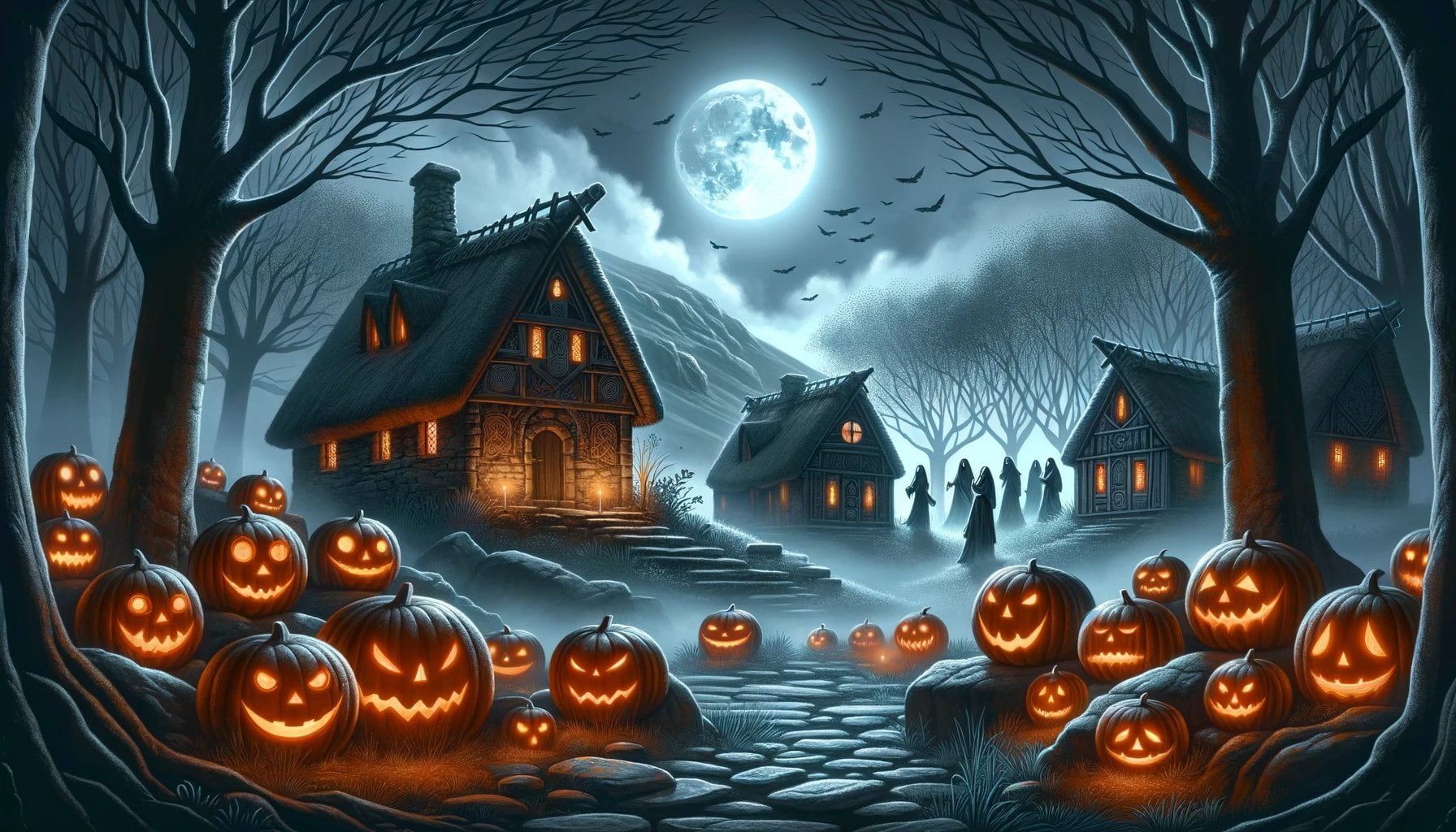
FAQ
Q1: What is the ancient origin of Halloween?
A1: The ancient origin of Halloween can be traced back to the Celtic festival of Samhain, which was celebrated over 2,000 years ago. Samhain marked the end of the harvest season and the beginning of winter for the Celts. It was believed to be a time when the spirits of the dead could easily cross over into our world.
Q2: When was Samhain celebrated?
A2: Samhain was celebrated by the Celts on November 1, which was their new year. It symbolized the transition from the lighter half of the year to the darker half. The Celts would light bonfires and wear costumes during this festival to ward off ghosts.
Q3: How did Halloween incorporate Christian elements?
A3: Halloween incorporated Christian elements when Pope Gregory III designated November 1 as a time to honor all saints. This Christian holiday, known as All Saint’s Day, incorporated some elements of the Celtic festival of Samhain. Over time, Halloween became associated with both the ancient Celtic traditions and the Christian holiday.
Q4: How has Halloween evolved over time?
A4: Halloween has evolved from its ancient Celtic origins to become a secular and commercial celebration. Today, it is known for costumes, candy, jack-o-lanterns, and trick-or-treating. The modern celebration of Halloween varies across cultures and has been influenced by European myth and American consumerism.
Q5: Is Halloween celebrated worldwide?
A5: Yes, Halloween is now celebrated worldwide. While its origins can be traced back to the Celtic festival of Samhain in Ireland and the United Kingdom, Halloween has become a global phenomenon. Different countries and cultures have their own unique traditions and customs associated with the holiday.
